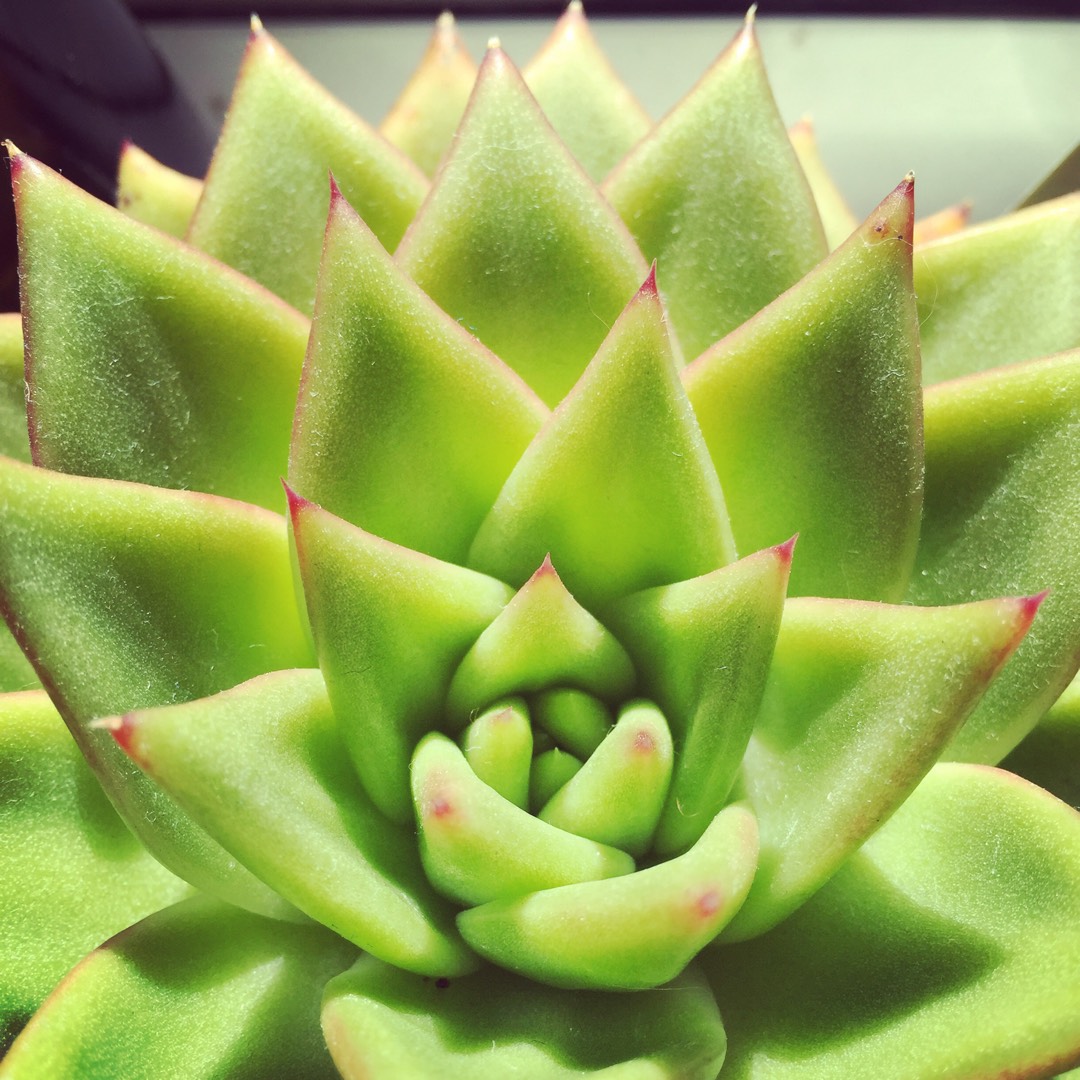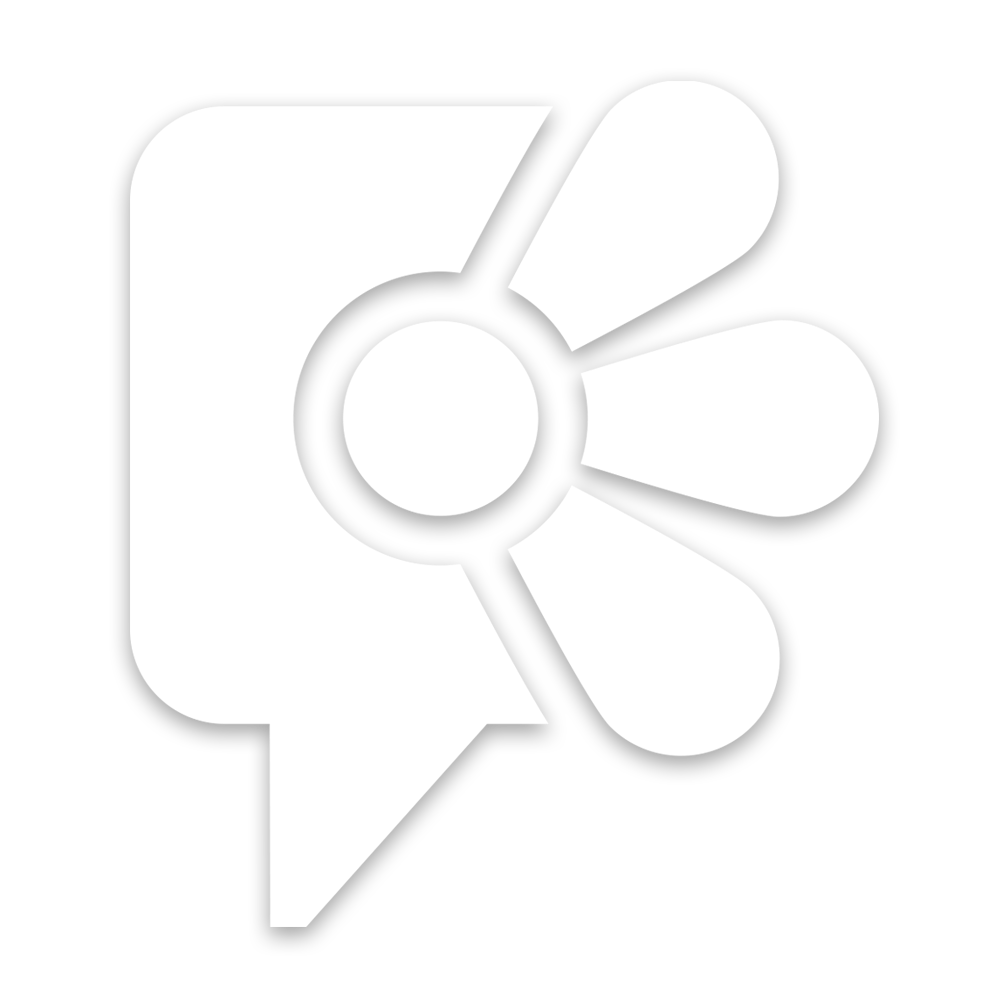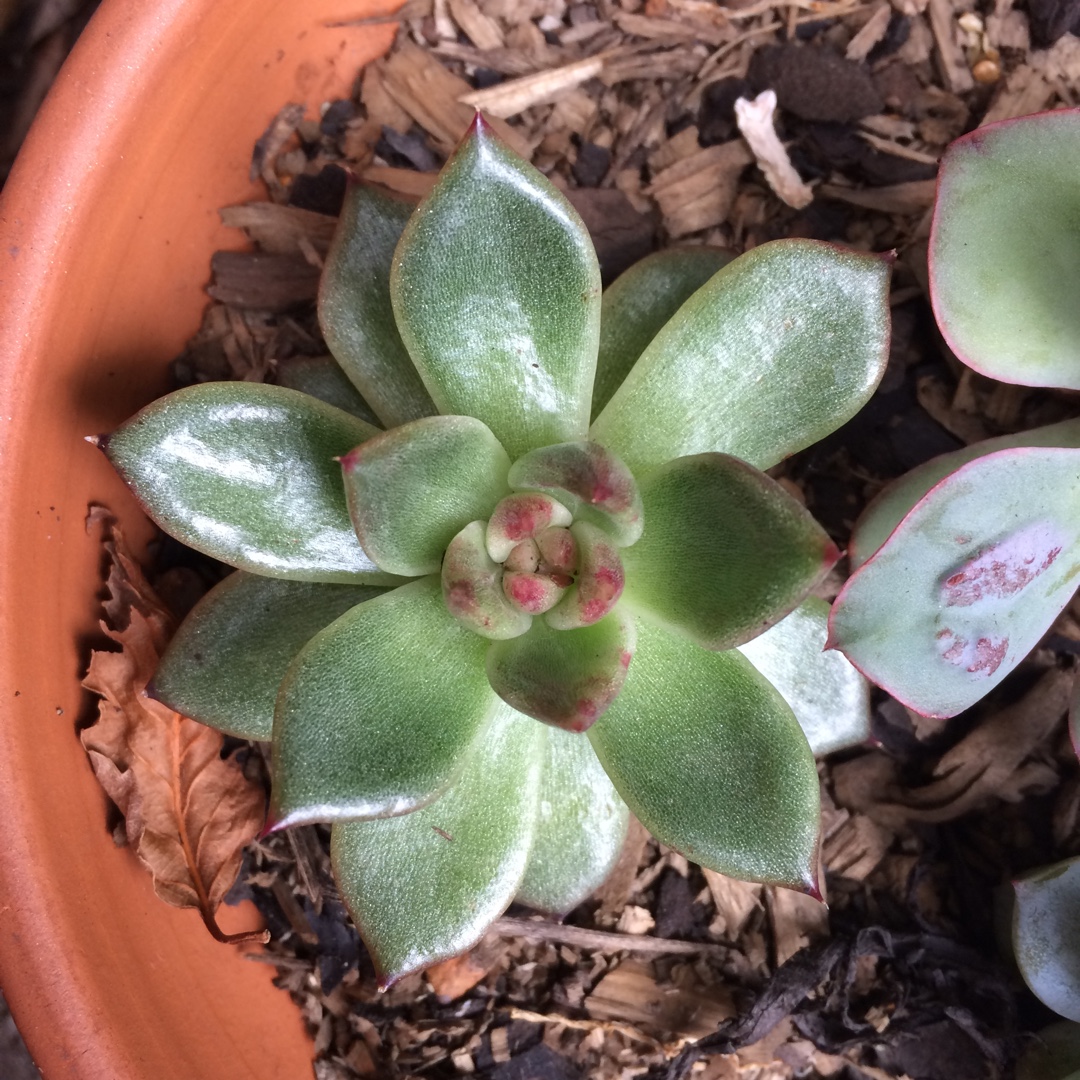Filter
A-Z
Type
Sunlight
Water
frost
soil
Popular plant type
795 Plant(s) found for echeveria
Echeveria
Echeveria
Echeveria are popular low growing ornamental hobby plants. Their natural habitat is found largely in Mexico, with some from Central America, South America, the United States. Their natural habitat favours rocky areas, trees and dry areas. The species can be hugely variable, which can be either evergreen or decidious. Flowers appear on short stalks (cymes) which grow from compact rosettes with colourful foliage. Echeveria are polycarpic. This means that they may flower many times through their lifetime. Echeveria are popular host plants for butterflies and also bees. The species is drought tolerant, but do better with a little water and fertiliser. It's hybrids and cultivars tend to be less tolerant of frost, all day shade and severe sun exposure. In temperate climates, most species will lose their lower leaves in winter and become 'leggy' and less attractive. This can be prevented by still providing up to half a day sunshine or by using grow lights. Echeveria are also popular pot plants and appear in most succulent collections. They can be easily propagated by separating offsets (pups), from leaf cuttings and by growing from seed.
features
Echeveria Abraca
Echeveria 'Abraca'
Echeveria are popular low growing ornamental hobby plants. Their natural habitat is found largely in Mexico, with some from Central America, South America, the United States. Their natural habitat favours rocky areas, trees and dry areas. The species can be hugely variable, which can be either evergreen or decidious. Flowers appear on short stalks (cymes) which grow from compact rosettes with colourful foliage. Echeveria are polycarpic. This means that they may flower many times through their lifetime. Echeveria are popular host plants for butterflies and also bees. The species is drought tolerant, but do better with a little water and fertiliser. It's hybrids and cultivars tend to be less tolerant of frost, all day shade and severe sun exposure. In temperate climates, most species will lose their lower leaves in winter and become 'leggy' and less attractive. This can be prevented by still providing up to half a day sunshine or by using grow lights. Echeveria are also popular pot plants and appear in most succulent collections. They can be easily propagated by separating offsets (pups), from leaf cuttings and by growing from seed.
features
Echeveria Acacia Ponds
Echeveria 'Acacia Ponds'
Echeveria are popular low growing ornamental garden plants. Although they are fairly drought tolerant, they will become more spectacular with regular deep watering and fertilising. The hybrids tend to be less tolerant of frost and shade. In temperate climates, most species will lose their lower leaves in winter and become 'leggy' and less attractive. Echeveria are also popular pot plants and appear in most succulent collections.
features
Echeveria Affinis sp.
Echeveria 'Black Knight'
AFFINIS Walther, 1958 (engl./ fr.) Series Occidentales Type : Mexico, without definite locality. CAS 403156. Etymology : Latin adjective affinis = similar, referring to E. craigiana. Distribution : Mexico (Durango, Sinaloa) First Description by Walther in Cactus and Succulent Journal (US) 30(4): 105-107.1958 (from a plant collected by Fritz Schwarz and given to Paul Hutchison by R. Flores (UC 54/1241), later grown in Strybing Arboretum, Golden Gate Park, San Franciso, CA, USA) : Stem very short, mostly simple. Rosettes dense. Leaves numerous, oblanceolate, shortly acuminate, to 5 cm long and 2 cm broad, strongly convex beneath, almost flat above, somewhat upcurved above middle, bownish-olive, at base yellowish-green. Inflorescences 2 to 3, to 15 cm tall, peduncle erect, its bracts few, oblong, acute, to 2 cm long, ascending-spreading, green, inflorescence a flat-topped cyme with 3 to 5 spreading branches and no elongated central axis, each branch with 5 to 7 flowers, pedicels 8 mm long. Flowers : Sepals appressed, subequal, ovate-deltoid to oblong-lanceolate, turgid, acute, tips somewhat incurved, olive-green, corolla urceolate-campanulate, bluntly pentagonal, 10 mm long, to 8 mm in diameter at the spreading petal-tips, scarlet, petals with small, but definite basal hollow within and apiculate tips, stamens 5 - 9 mm long, carpels 8 mm long, whitish, with slender straw-yellos styles, nectaries 1 mm wide, narrowly lunate-reniform, straw-yellow. Flowers in August. Cytology : n = 30, 60. Note: 1. As stated above, E. affinis has first been published by E. Walther in Cactus & Succulent Journal US in 1958. Walther died in 1959 and the monograph on genus Echeveria he had been working on was by far not complete at that time and it took another 13 years until it was finally published in 1972. It contains the descriptions already published in journals as well as of some new ones including whenever possible photos by E. Walther or alternatively photos by Reid Moran. The latter applies to E. affinis : Presumably because the photos of the First Description show a plant without known origin in the wild the editors replaced them with two photos of a plant collected by Moran and Kimnach in 1959 (Moran & Kimnach 7619) i.e. with well known origin. Photo Fig. 23 shows this plant flowering in San Diego 11 August 1960 and photo Fig. 25 shows the inflorescence of the same plant 4 years later, 1 August 1964. Very surprisingly the inflorescences on the two photos are fairly different, in 1960 the plant has a rather compact inflorescence while in 1964 it is much more lax. This suggests that - obviously - in cultivation E. affinis is subject to alterations. And in his notes on E. affinis Reid Moran even states that cultivated plants also differ from wild plants and this in several respects. Conclusion : E. affinis is very variable ; and the long lasting suspicion that the two photos might show two fairly similar but not identical plants is obsolete. 2. E. affinis is similar to E. craigiana, but with a shorter inflorescence. 3. A form found in Cerro Surutato is larger and has greener leaves. 4. Offered twice as - ISI 269 (1959) "This collection differs from that of the type (see the C&SJ., 30:195) in its blacker, slightly differently shaped leaves. Collected by R. J. Taylor under bushes and trees on the road between Mazatlan and Durango, Mexico. The surrounding country is mountainous, the altitude about 5000' with rains even in summer." Ignoring this indication, nurseries have distributed this special clone later as Echeveria ‘Black Knight’ – an obsolete name. - and ISI 1556 (1985).
features
Echeveria Afterglow
Echeveria 'Afterglow'
Echeveria are popular low growing ornamental hobby plants. Their natural habitat is found largely in Mexico, with some from Central America, South America, the United States. Their natural habitat favours rocky areas, trees and dry areas. The species can be hugely variable, which can be either evergreen or decidious. Flowers appear on short stalks (cymes) which grow from compact rosettes with colourful foliage. Echeveria are polycarpic. This means that they may flower many times through their lifetime. Echeveria are popular host plants for butterflies and also bees. The species is drought tolerant, but do better with a little water and fertiliser. It's hybrids and cultivars tend to be less tolerant of frost, all day shade and severe sun exposure. In temperate climates, most species will lose their lower leaves in winter and become 'leggy' and less attractive. This can be prevented by still providing up to half a day sunshine or by using grow lights. Echeveria are also popular pot plants and appear in most succulent collections. They can be easily propagated by separating offsets (pups), from leaf cuttings and by growing from seed.
features
Echeveria Agavoides
Echeveria 'Agavoides'
Echeveria are popular low growing ornamental garden plants. Although they are fairly drought tolerant, they will become more spectacular with regular deep watering and fertilising. The hybrids tend to be less tolerant of frost and shade. In temperate climates, most species will lose their lower leaves in winter and become 'leggy' and less attractive. Echiveria are also poular pot plants and appear in most succulent collections.
features
Echeveria Agavoides Amestro
Echeveria 'Agavoides Amestro'
Echeveria are popular low growing ornamental hobby plants. Their natural habitat is found largely in Mexico, with some from Central America, South America, the United States. Their natural habitat favours rocky areas, trees and dry areas. The species can be hugely variable, which can be either evergreen or decidious. Flowers appear on short stalks (cymes) which grow from compact rosettes with colourful foliage. Echeveria are polycarpic. This means that they may flower many times through their lifetime. Echeveria are popular host plants for butterflies and also bees. The species is drought tolerant, but do better with a little water and fertiliser. It's hybrids and cultivars tend to be less tolerant of frost, all day shade and severe sun exposure. In temperate climates, most species will lose their lower leaves in winter and become 'leggy' and less attractive. This can be prevented by still providing up to half a day sunshine or by using grow lights. Echeveria are also popular pot plants and appear in most succulent collections. They can be easily propagated by separating offsets (pups), from leaf cuttings and by growing from seed.
features
Echeveria Agavoides Amethystinum
Echeveria 'Agavoides Amethystinum'
Parentage: Echeveria Agavoides x Graptopetalum Amethystinum Echeveria are popular low growing ornamental hobby plants. Their natural habitat is found largely in Mexico, with some from Central America, South America, the United States. Their natural habitat favours rocky areas, trees and dry areas. The species can be hugely variable, which can be either evergreen or decidious. Flowers appear on short stalks (cymes) which grow from compact rosettes with colourful foliage. Echeveria are polycarpic. This means that they may flower many times through their lifetime. Echeveria are popular host plants for butterflies and also bees. The species is drought tolerant, but do better with a little water and fertiliser. It's hybrids and cultivars tend to be less tolerant of frost, all day shade and severe sun exposure. In temperate climates, most species will lose their lower leaves in winter and become 'leggy' and less attractive. This can be prevented by still providing up to half a day sunshine or by using grow lights. Echeveria are also popular pot plants and appear in most succulent collections. They can be easily propagated by separating offsets (pups), from leaf cuttings and by growing from seed.
features
Echeveria Agavoides Blood Maria
Echeveria 'Agavoides Blood Maria'
Echeveria are popular low growing ornamental garden plants. Although they are fairly drought tolerant, they will become more spectacular with regular deep watering and fertilising. The hybrids tend to be less tolerant of frost and shade. In temperate climates, most species will lose their lower leaves in winter and become 'leggy' and less attractive. Echeveria are also popular pot plants and appear in most succulent collections.
features
Echeveria Agavoides Bronze Beauty
Echeveria 'Agavoides Bronze Beauty'
Echeveria are popular low growing ornamental hobby plants. Their natural habitat is found largely in Mexico, with some from Central America, South America, the United States. Their natural habitat favours rocky areas, trees and dry areas. The species can be hugely variable, which can be either evergreen or decidious. Flowers appear on short stalks (cymes) which grow from compact rosettes with colourful foliage. Echeveria are polycarpic. This means that they may flower many times through their lifetime. Echeveria are popular host plants for butterflies and also bees. The species is drought tolerant, but do better with a little water and fertiliser. It's hybrids and cultivars tend to be less tolerant of frost, all day shade and severe sun exposure. In temperate climates, most species will lose their lower leaves in winter and become 'leggy' and less attractive. This can be prevented by still providing up to half a day sunshine or by using grow lights. Echeveria are also popular pot plants and appear in most succulent collections. They can be easily propagated by separating offsets (pups), from leaf cuttings and by growing from seed.
features
Echeveria Agavoides Corderoyi
Echeveria 'Agavoides Corderoyi'
Echeveria agavoides 'Corderoyi' sports rosettes to 20cm wide of pointed yellow-green leaves irregularly rimmed with dark crimson. Slow growing. Pink/red cup-shaped flowers in summer.
features
Echeveria Agavoides Corderoyi Crested
Echeveria 'Agavoides Corderoyi Crested'
Echeveria are popular low growing ornamental hobby plants. Their natural habitat is found largely in Mexico, with some from Central America, South America, the United States. Their natural habitat favours rocky areas, trees and dry areas. The species can be hugely variable, which can be either evergreen or decidious. Flowers appear on short stalks (cymes) which grow from compact rosettes with colourful foliage. Echeveria are polycarpic. This means that they may flower many times through their lifetime. Echeveria are popular host plants for butterflies and also bees. The species is drought tolerant, but do better with a little water and fertiliser. It's hybrids and cultivars tend to be less tolerant of frost, all day shade and severe sun exposure. In temperate climates, most species will lose their lower leaves in winter and become 'leggy' and less attractive. This can be prevented by still providing up to half a day sunshine or by using grow lights. Echeveria are also popular pot plants and appear in most succulent collections. They can be easily propagated by separating offsets (pups), from leaf cuttings and by growing from seed.







































